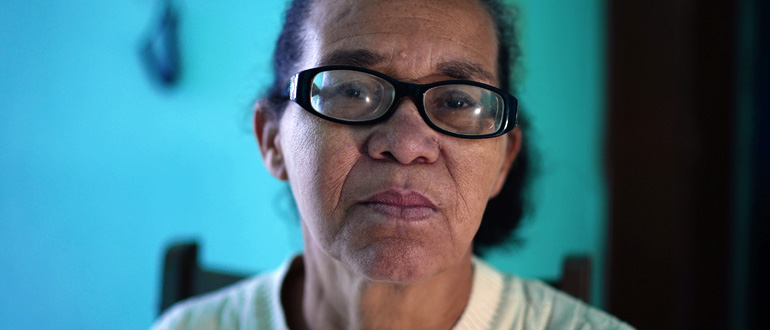Some People at More Risk for Chronic Illness Than Others
Not everyone has the same chances of developing a chronic illness. Because of a multitude of factors, racialized minorities and those who live in poverty are more likely to suffer from chronic disease. Race and chronic illness Black people are more at risk for developing chronic illness than white people. In fact, researchers at Yale…










